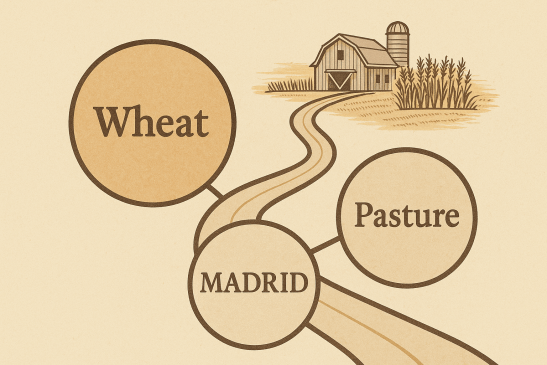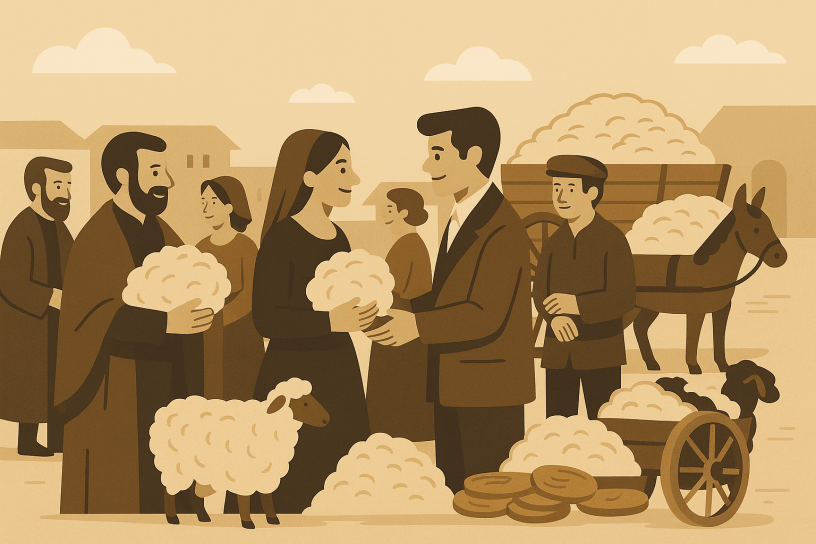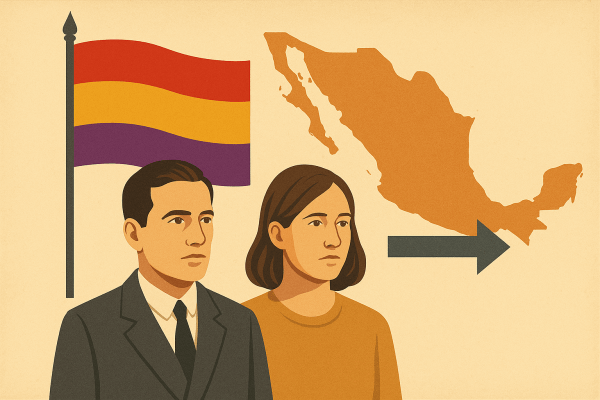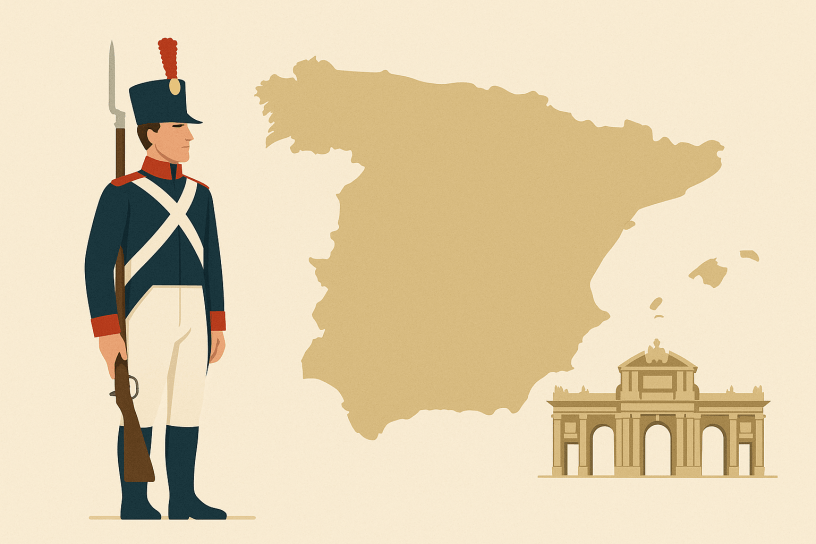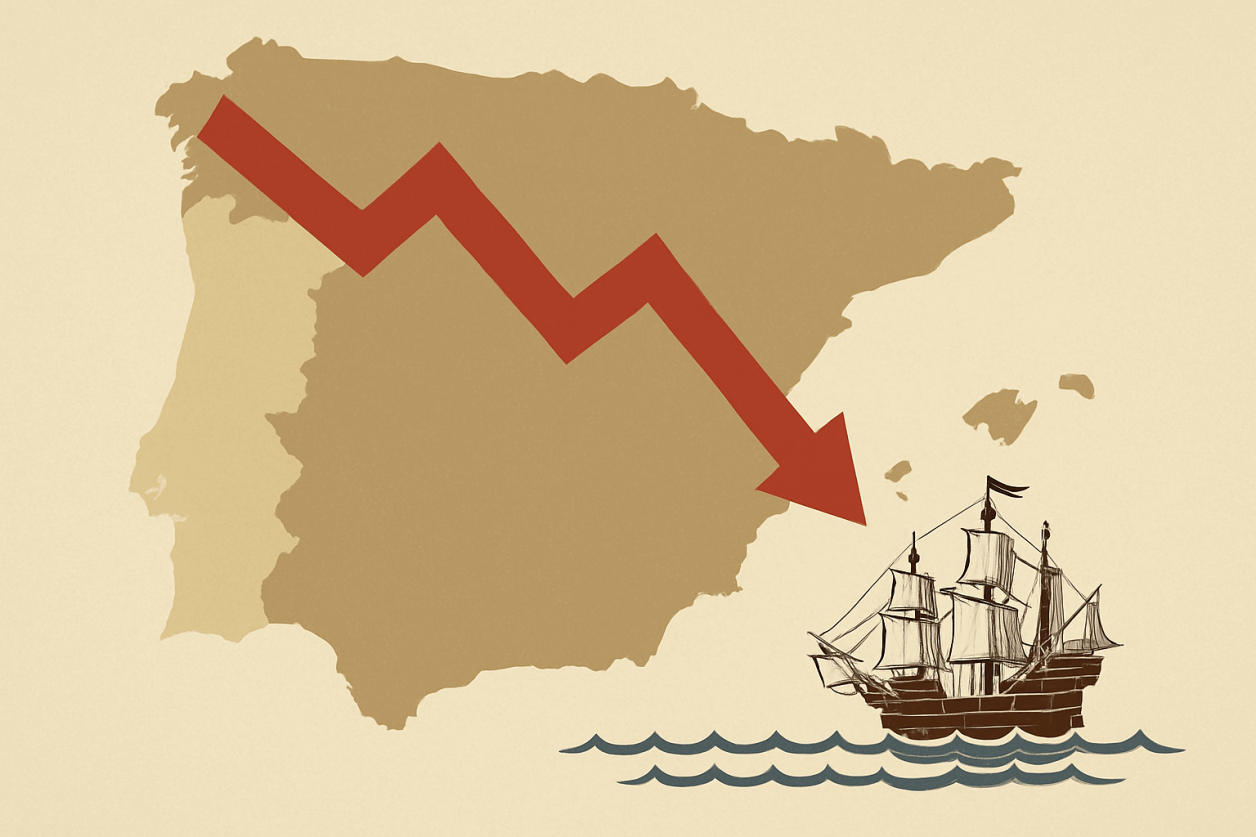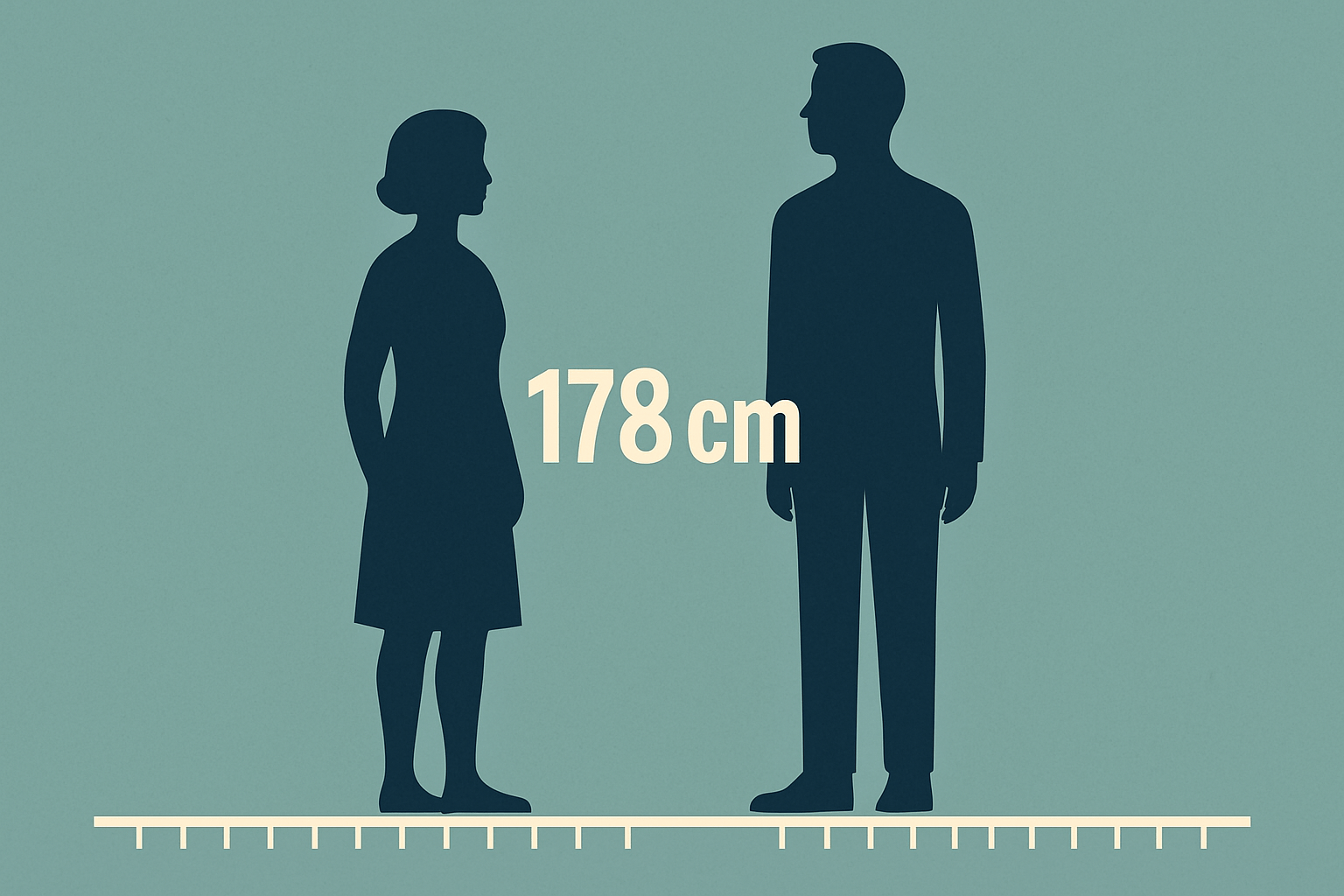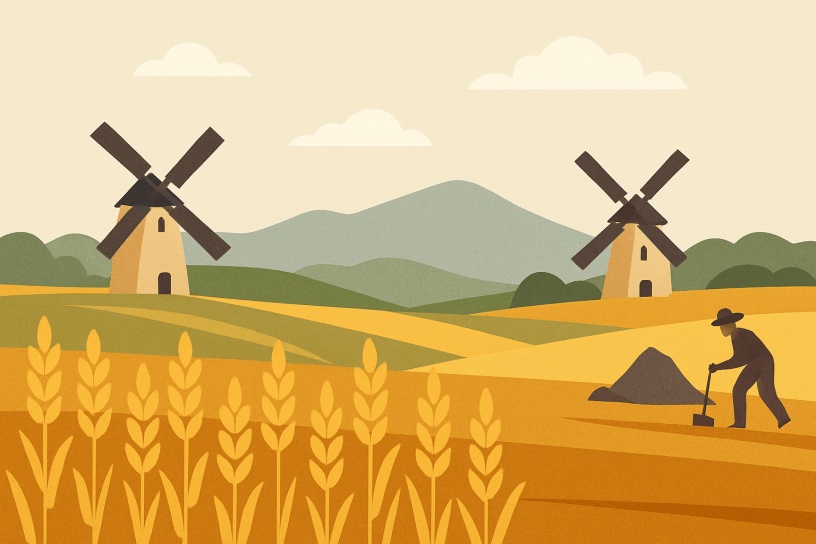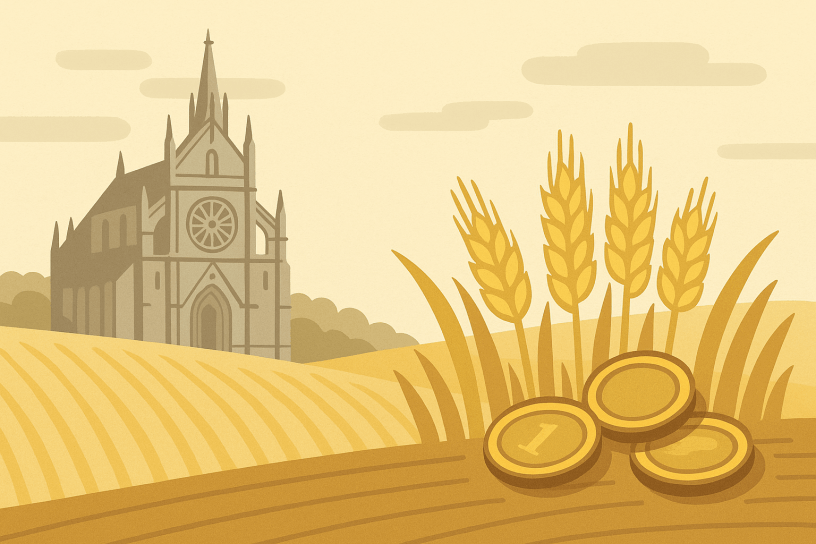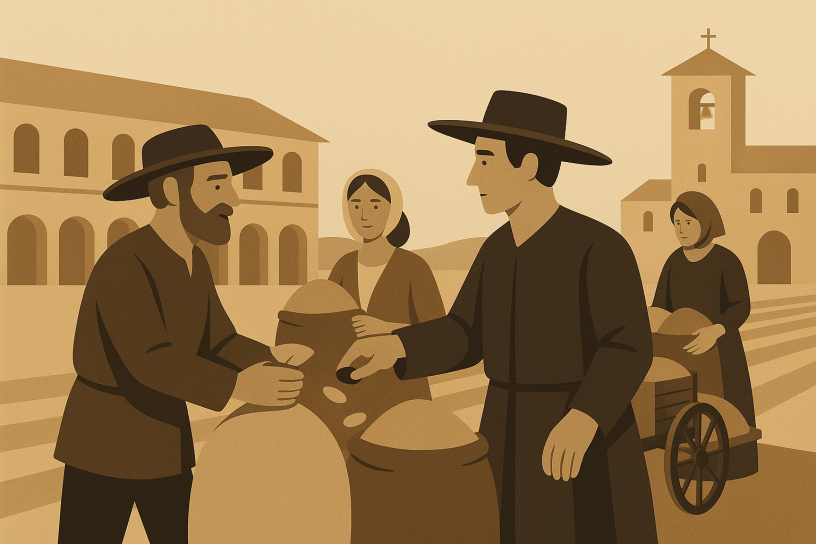Closing the price gap - Von Thünen applied to wheat markets in 18th century Spain
Journal Article - Revista de Historia Económica - Journal of Iberian and Latin American Economic History
This paper uses municipal data from the Catastro de la Ensenada (1749) to analyze wheat price formation in Castile. Applying Von Thünen’s isolated markets framework, results show that trade costs strongly influenced price gaps. Spatial autocorrelation reveals different dynamics in Madrid’s hinterland, where political interventions disrupted markets. Keywords: wheat markets, Von Thünen, Spain, trade costs, spatial autocorrelation, market integration.
Can we detect bias in political fact-checking? Evidence from a Spanish case study
Journal Article - Journalism Practice
This article investigates political bias in fact-checking in Spain, using Newtral as a case study. A statistical model based on 313 fact-checks suggests that left-wing parties appear more truthful than right-wing ones. However, interviews reveal inconsistent protocols that produce noise rather than systematic bias.
Keywords: fact-checking, political bias, Newtral, Spain, journalism, disinformation
Growth recurring in preindustrial Spain?
Journal Article - Cliometrica
This article challenges the strict Malthusian view of stagnant economies before the Industrial Revolution. By reconstructing annual output, agricultural productivity (using tithes), and population trends from 1277 to 1850, it demonstrates alternating phases of growth and decline. Spain’s economy was far from stagnant, showing Smithian growth episodes, a frontier economy dynamic, and long-term shifts in inequality.
Keywords: Preindustrial Spain, Malthusian model, Black Death, Smithian growth, recurring growth, inequality.
Spain’s Loss of Human Capital after the Civil War: Spanish Refugees in Mexico
Journal Article - Journal of Interdisciplinary History
This article examines the exile of Spanish Republicans to Mexico after the Civil War, highlighting the brain drain Spain suffered. Refugees were often highly skilled, bringing human capital above Mexico’s average. Using migration records, the study quantifies this loss and emphasizes the role of women.
Keywords: Spanish Civil War, exile, refugees, Mexico, brain drain, human capital.
The Napoleonic Wars: A Watershed in Spanish History?
Book Chapter - Brill
This chapter analyses the impact of the Napoleonic Wars on Spain. In the short term, the Peninsular War devastated population, agriculture, industry and trade. Yet in the long run, it dismantled Ancien Régime institutions, accelerated liberal reforms and reshaped property rights.
Keywords: Napoleonic Wars, Spain, Peninsular War, liberal reforms, economic history, inequality.
Social homogamy in Spain at the time of modernisation, 1841–70
Journal Article - The History of the Family
This study analyses social homogamy in Spain during modernisation (1841–1870) using 32,000 marriage records. Findings show that as the service sector grew, achieved status gained weight over ascribed status, especially among lower and middle classes. Elites maintained closed marriage markets.
Keywords: social homogamy, modernisation, industrialisation, Spain, marriage markets, inequality.
Patterns of Iberian Economic Growth in the Early Modern Period
Book Chapter - Cambridge University Press
This chapter compares Spain and Portugal’s economic performance from 1500 to 1800. Spain grew slowly, suffered severe crises in the seventeenth century, and recovered only modestly, while Portugal enjoyed periods of strong growth until decline after 1790. Regional divergences and institutions shaped long-term inequality.
Keywords: Iberian economic history, Spain, Portugal, agriculture, GDP, early modern Europe.
Intergenerational occupational mobility in nineteenth century Spain (Valencia), 1841-1870.
Journal Article - Revista de Historia Económica - Journal of Iberian and Latin American Economic History
This article studies intergenerational occupational mobility in Valencia, Spain (1841–1870). Parish records reveal moderate social mobility, shaped by industrialisation, agrarian change and inequality. Results highlight how family background influenced opportunities in 19th-century Spain.
Keywords: social mobility, inequality, Valencia, Spain, 19th century, industrialisation.
The gender gap in the biological living standard in Spain. A study based on the heights of an elite migration to Mexico, 1840-1930
Journal Article - Economics and Human Biology
This article investigates the gender gap in biological living standards in Spain through the unique lens of Spanish elite migration to Mexico (1840–1930). Using the Mexican National Registry of Foreigners, it reconstructs male and female heights to explore welfare, nutrition, inequality, and migration history. Findings show a narrowing gender gap, reflecting women’s improved status during Spain’s modernization.
Keywords: Spain gender gap, biological living standards, heights, migration to Mexico, inequality, economic history.
Domestic migrations in Spain during its first industrialization, 1840s-1870s
Journal Article - Cliometrica
This study reconstructs Spain’s internal migrations during its first industrialisation (1840s–1870s) using marriage records covering nearly 200,000 individuals. It demonstrates that migration was non-linear, marked by stagnation and rapid mobility, especially in the 1850s. Madrid and Barcelona emerged as dominant poles, while traditional centres declined. The gender gap narrowed, showing early female participation in long-distance moves.
Keywords: Spain internal migration, industrialisation, urbanisation, Madrid, Barcelona, gender gap, economic history.
Economic Effects of the Black Death: Spain in European Perspective
Journal Article - Investigaciones de Historia Económica - Economic History Research
This paper explores the economic impact of the Black Death in Spain compared to Europe. Although demographic losses were milder, Spain’s frontier economy suffered sharp income decline and rising inequality as wages fell faster than land rents. In the long run, the Plague reinforced Spain’s fragile structure.
Keywords: Black Death, Spain, economic history, inequality, frontier economy.
Spanish Agriculture in the Little Divergence
Journal Article - European Review of Economic History,
This article examines the role of Spanish agriculture in the Little Divergence within Europe. Using long-run data on grain yields, prices, and productivity, it questions why Spain did not converge with Northern Europe. Findings highlight low yields, climatic constraints, institutional rigidities, and weak market integration.
Keywords: Spanish agriculture, Little Divergence, grain yields, productivity, climate, economic history, markets.
Tithe Series and Grain Production in Central Spain, 1700–1800
Journal Article - European Review of Economic History,
This article reconstructs grain production in Guadalajara, central Spain, between 1700 and 1800 using tithe series. The study shows wheat dominated, followed by barley, rye and oats, with major crises in the 1760s. Results highlight regional inequality, demographic pressures and climate shocks.
Keywords: tithes, grain production, Guadalajara, Spain, 18th century, agrarian history.
Trapped by nature: provincial grain yields in Spain in the mid eighteenth century.
Journal Article - Revista de Historia Económica - Journal of Iberian and Latin American Economic History
This study reconstructs grain yields in 33 Spanish provinces in the mid-18th century using the Catastro de la Ensenada. Findings reveal large regional disparities: the north achieved yields close to advanced European regions, while the south-east lagged behind due to arid climate. Results highlight how geography, climate and land distribution shaped agricultural productivity.
Keywords: grain yields, Spain, agriculture, climate, regional inequality, Catastro de la Ensenada.
The Rain in Spain? Climate versus urban demand as causes of agricultural stagnation in eighteenth-century Spain
Journal Article - European Review of Economic History,
This article analyses why Spanish agriculture stagnated during the eighteenth century, focusing on wheat yields. Using municipal data from the Catastro de Ensenada, it finds that natural conditions—rainfall, altitude, terrain, and manure availability—were decisive. Urban demand and market integration played little role. Producers expanded cultivated land rather than intensifying yields.
Keywords: Spain agriculture, eighteenth century, rainfall, wheat yields, Catastro de Ensenada, market integration, economic history.
Land inequality and agrarian per capita incomes in Guadalajara, Spain, 1690–1800
Book Chapter - Routledge
This chapter examines land inequality and agrarian incomes in Guadalajara (1690–1800). Using tithe and Catastro de la Ensenada records, it finds that lower inequality correlated with higher per capita grain output. Demographic pressure on land explains inequality dynamics.
Keywords: land inequality, agrarian income, Guadalajara, Spain, tithes, Catastro de la Ensenada.
Income inequality in central Spain, 1690-1800
Journal Article - Explorations in Economic History
This study analyses income inequality in Guadalajara, central Spain, from 1690 to 1800. Using grain tithe records, it shows that inequality declined in the late eighteenth century, contradicting traditional narratives. The Bourbon land reforms redistributed common lands, fostering medium peasants and limiting oligarchic elites.
Keywords: economic history, inequality, agrarian reform, Bourbon Spain, Guadalajara.
